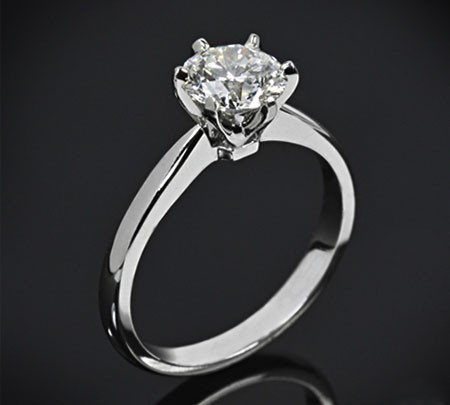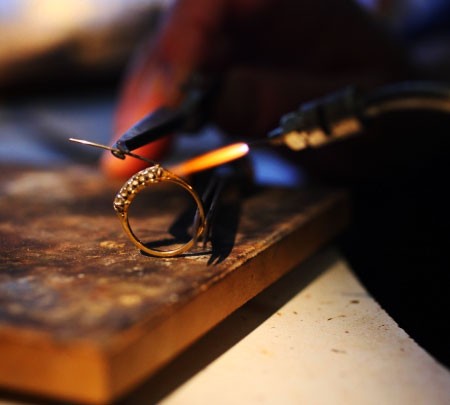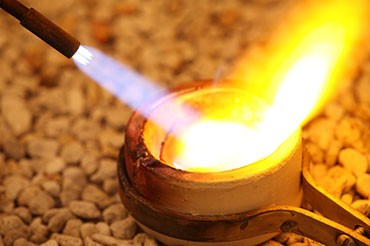1) The most popular diamond shape is the round brilliant cut. Depending on the type of ring you choose, it should show off the diamond very well. The round definitely scores high on overall BLING & WOW factor.
2) GIA, IGI and HRD are some of the most respected
diamond grading labs in the world. They grade diamonds so you know
exactly what you’re buying. If the diamond has no certification, ensure
the company you are buying from has a good reputation for providing good
quality stock and can guarantee themselves that it is good quality. If
buying an in-house graded diamond, these grades can provide a biased
view and may not have the same value as a diamond with recognised
certification, however, as mentioned above – the retailer may have
excellent in-house diamond grading expertise. Diamond Studio utilises the services of Gemlab Jewellery Valuers to provide independent valuation certificates for our clients.
“A
diamond certificate is in no way a guarantee of what you are getting.
It is more important to purchase your diamond from a jeweller who is
reputable and who you can trust.”
3) The tradition of an engagement ring was introduced in 1477. Archduke Maximilian of Austria gave Mary of Burgundy a gold ring set with a diamond as a token of love.
4) Ancient cultures believed that the third finger on the left hand, had a special vein called Vena Amoris, the vein of “love,” this vein runs directly to the heart.
5) The word diamond comes from the Greek word “adamant” which means steadfast or invincible. It is from this word that the diamond gets its name. Diamonds are believed to be indestructible but although a very hard material, they are also quite brittle so getting a hammer to it will not do it much good!!
6) Many of the diamond rings you now see online are in fact models that are not real. These rings are computer generated to look real, as standard photography just doesn’t cut it any more.
7) Some engagement rings are used as Wedding bands. You can still have a separate wedding ring band, but some designs incorporate this.
8) Countries such as England, United states, France, and Canada traditionally wear the engagement ring on the left hand. Where as Germany, Russia and India wear the ring on the right hand.
9) The most common metal used for engagement rings is either White Gold, Yellow Gold or Platinum, however due to the rise in cost for these types of metal, Palladium is the new metal on the scene. Palladium is regarded as a precious metal and is a luxury alternative at a much lower price. UPDATE: Palladium has recently seen a huge surge in price and is now nearly twice the price of gold!
10) Many alternative engagement rings are being designed and manufactured every day. There are some amazing custom designs out there that look amazing. They do however come at a premium, but they look incredible compared to the standard shanks available at many chain store outlets. Many large retailers sell common designs that a majority of people want but it is worth checking out individual designers and custom builds as they are not always that much more expensive to buy.
11) Although Valentines day is one of the most important days of the year for jewellery retailers, December is in fact the most popular time of the year to get engaged.
12) Diamonds were first discovered in India as far back as 800 B.C. But diamonds were not used on wedding bands or engagement rings until the 15th century.
13) The most expensive diamond engagement ring in the world is the De Beers Platinum. Weighing in at a cool 9-carats, it’s no wonder it costs around £1.2 million.
14) The average diamond carat weight used in engagement rings is estimated at 0.37 carats.
15) Did you know if you shine an ultraviolet light on a real diamond it will glow in the dark for a few seconds. Some experts believe this is a good way to make sure it’s the real thing.
16) The Kimberly Process ensures conflict-driven diamonds are no longer fueling civil wars or conflict. In fact, less than 1% of all diamonds mined are conflict related.
17) The youngest diamond is 900 million years old, however scientists can grow synthetic diamonds averaging 2.5 carats in 4 days.




